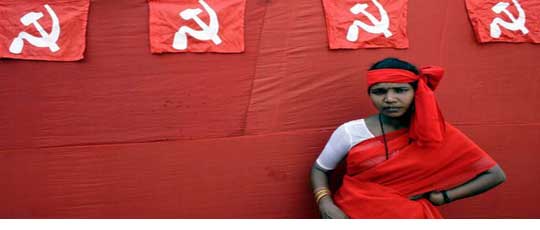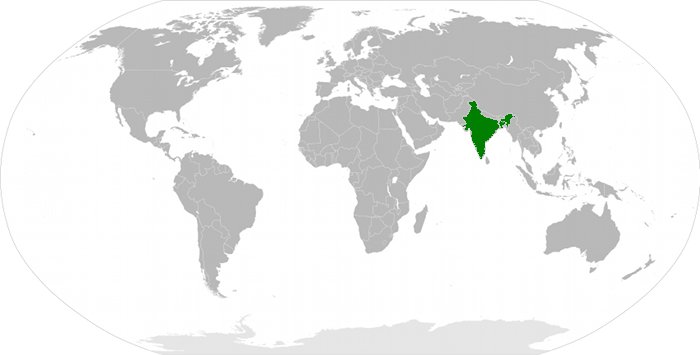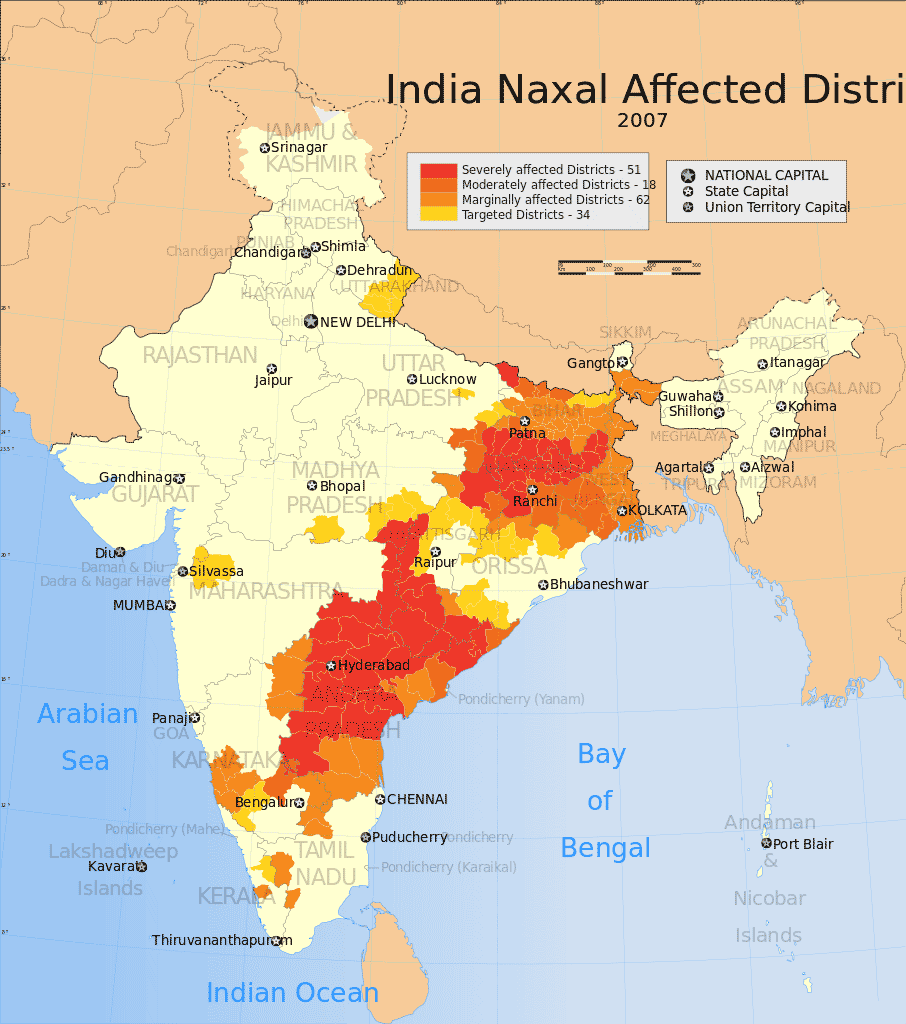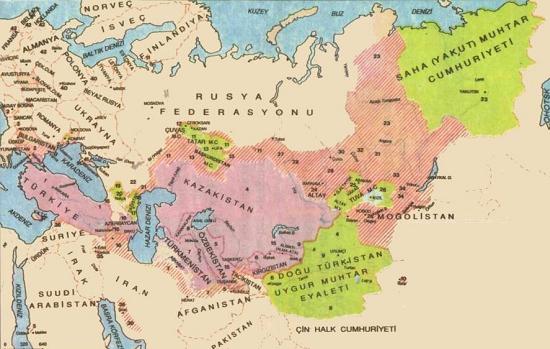Little is known in the West about the bloody clashes between India and its Maoist movement. However, India has been facing an insurgency by so-called Naxalite fighters for years. On 29 May alone, 17 people were brutally killed and more than 20 others injured in an ambush in the eastern state of Chhattisgarh.
Incidents like this are not uncommon and happen on a regular basis. The police and other armed forces face more or less fierce resistance when dealing with the problem. In the mainlands of the Naxalite movement, however, the official forces eke out a marginal existence. They are poorly paid and unmotivated. One reason for this may lie in the problem itself. The Naxalite movement operates in the impoverished hinterlands of India. These are places where modern times have not yet arrived. In theory, India is a democracy, and all Indians share equal rights.

Unfortunately, the theory does not match the practice. The concept of untouchability and the caste system is still prevalent. Many poor people still do not have access to education or land ownership. This issue is exacerbated in areas where indigenous people live. India is not just populated by ‘standard Indians’; it is a mixture of many different cultural and ethnic groups. Most importantly, there are major areas where the so-called Adivasis live. These are India’s tribal peoples. They have been marginalised for decades, and the central government treats them as negligible. In the 1980s, the government began acquiring land and establishing large-scale mining operations in the mineral-rich but underdeveloped eastern provinces of the country. However, much of this land was inhabited by tribal people. As a result, millions of Adivasis were resettled and rehabilitated by government mandate¹. Another drastic step taken against tribal people was the enactment of the Forest Protection Act of 1980. Although this legislation was intended to protect the country’s natural resources from exploitation by granting forest officials extraordinary powers to regulate development and habitation rights, the law essentially outlawed many tribal villages that had existed for centuries.2.
Contrasting these wooded areas with the official map of Naxal-affected districts shows how well the maps align. While India has prospered greatly in recent decades, this increase in wealth has certainly not impacted these areas other than making them interesting for their natural resources.
The aforementioned Forest Protection Act prohibited the traditional occupation of gathering twigs (‘lops and tops’ in forester’s language) in areas designated as reserve forest. People who earned their livelihood through sustainable access to forest resources suddenly found themselves outside the law. Furthermore, this Act did not distinguish between settlements that had existed within the forests for generations; their inhabitants suddenly found themselves to be encroachers on their own traditional land.3.
It’s no wonder that such a situation creates tension. This tension is exacerbated by India’s traditional caste system. In more communist terms, the upper classes show little tact towards the working poor. In fact, one could argue that the tribals have few or no rights, even in modern India. Consequently, the appeal of Maoist ideology is strong, and anyone with little to lose will welcome any support. In this case, support is not coming from the central government, but from the Maoists. This situation is perhaps comparable to that in the Gaza Strip, where Hamas is condemned by the whole world for its attacks, yet no one else is willing or able to support and sustain the suffering people of Gaza.
As long as the Indian government does not propose real change for the poor, especially tribal people, Maoism will remain attractive due to its promise of social equality. Unfortunately, this movement uses violence and attacks state organisations with firearms and bombs. Consequently, they are not gaining real political influence. On the contrary, they are being treated as terrorists, and the tribals could lose everything in this fight. The chicken or the egg dilemma remains: what came first? Are the tribals reacting to exploitation with the help of the Maoists, or are they exploited because they fight the central state?
I will leave it to readers to answer this question. However, it is clear that the Indian state must resolve this problem in a humane manner, demonstrating to the world that it is a true democracy where all citizens enjoy equal rights and opportunities to develop themselves and their living environment.
1,2,3: http://www.newsecuritybeat.org/2010/07/indias-maoists-south-asias-other-insurgency/
 Dorsum – The Ethnopolitcal Blog Worldwide Ethnopolitical Analyses
Dorsum – The Ethnopolitcal Blog Worldwide Ethnopolitical Analyses







